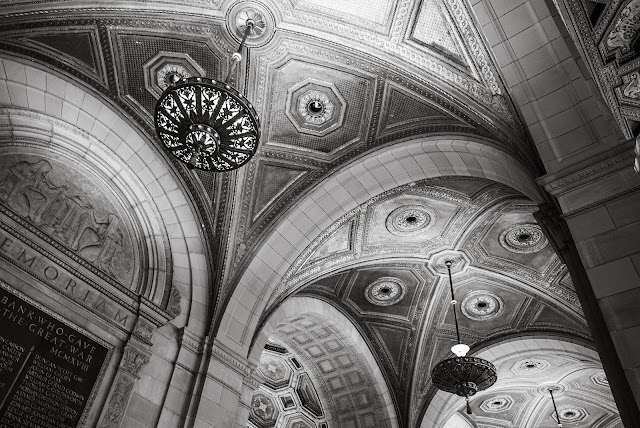Portrait originally done for a dermatology practice. Old tech still looks good.
Back in 2004 I was shooting with a Nikon D2Hs (among other cameras). The camera was originally envisioned as a "sports" camera because it had a lower resolution sensor than the D1X and D2X cameras. It sported a jaunty 4 megapixel sensor and a bigger buffer/faster write times than those other cameras. And, unlike the D1X there were no interpolated pixels to worry about. The D2Hs had the same kind of big, professional looking body and also came with a big, robust battery. The sensor was a LBCAST sensor which you can read about here: https://ui.adsabs.harvard.edu/abs/2004SPIE.5301..258I/abstract
The sensor, while an APS-C size featured (as a result of its lower res) 9um square pixels which, I think, worked to its imaging advantage. I've always preferred the look of cameras using sensors with a bigger "pixel pitch" because I think they render detail imaging better. They always seem to have a more "natural" look.
While we might chuckle to think about using a 4.1 megapixel camera to make professional photos now that we have so much "valuable" hindsight I was more than happy to use it to photograph an IBM scientist for the cover of the IEEE magazine that year. The art director even felt comfortable cropping a bit and the image still worked well on the 8.5 by 12 inch, 300 dpi cover.
Since we were shooting with whatever digital cameras we could get our hands on back then I also pressed it into service, along with a Kodak DCS 760C camera (also in Nikon mount) to do a complete ad campaign for a large orthopedic practice called Austin Sports Medicine. Some of the poster size shots were still being used by the practice when I visited there a year or two ago to get a family member's broken arm repaired. (Two of the partners in the practice were varsity swimmers at UT Austin!).
The Kodak was my standard if I knew the images would be used really large but, like so much in the ad world, you never really know what new uses clients might want --- after the fact.
One of my favorite advertising design shops got in touch that year to hire me to do a series of images for a dermatology website with possible image re-uses on billboards. The image above is of one of two models the design shop hired for the project. We mostly photographed the two women in color but I couldn't resist, even back then, converting a few fun shots to black and white and sending them along with the finished files that the agency actually ordered. The client saw the black and whites and decided to follow up the already contracted, color project with a second project in black and white.
The cost of a DH2s back in 2004 was right around $5,000. Using an inflation calculator that would put the inflation adjusted price for the camera in 2024 at around $8,500. Makes me laugh when cheap ass bloggers and YouTube "pros" opine and whine (or "whing") about current camera prices. In the real world good stuff costs real money. Cameras, even the best ones, are cheap now by comparison.
The D2Hs was a beautiful camera. Business pushed me to move on to the D2X shortly afterwards (three times the resolution) and I've regretted trading in the D2hs ever since. My she was yar. And fast! 8 frames per second at a time when the Nikon D100 consumer camera shot 2 fps and had a raw buffer that held 4 frames. You shot four slow frames and then the camera locked up until it finished processing. Which, if I remember correctly, took two full week days to clear the buffer once you shot your four frames.... Well, maybe a bit less...
Nikon put a lot of R&D into the LBCAST sensor tech only to abandon it in subsequent cameras for the nearly ubiquitous (and cheaper to source) Sony CMOS sensors. And, if I remember correctly, Nikon foresaw engineering issues in making the tech effective for full frame. Most of the speed advantages would have been lost. And higher ISO noise became an issue.
We did work back then on cameras that bloggers, influencers and new arrivals would not now think possible. Makes me realize that other than resolution and noise not very much as improved since 2004. Shoot smart and you can make most pro cameras of any generation look great.


